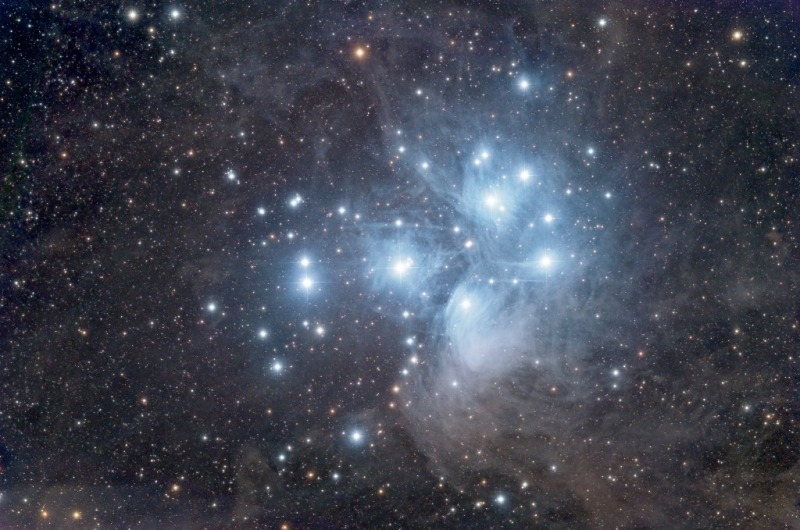Cybermystic wrote: ↑Wed Nov 03, 2021 6:00 pm
Best explanation I've seen on this topic by far - thank you Robin.
This has been a major issue bugging me for the 17 years I've been imaging, and I don't believe the equations you have shown tell us the whole story (I could easily be wrong), but why doesn't the f# of the imaging system make any appearance as it is key to the number of signal photons arriving on the image plane in a given time? Is f# implied, or included some way in the equations? If it is I can't see where. Funnily enough I came to my own conclusions about the "best" sub-exposure length just a few days ago, and it was by a more experimental approach based on a large range of exposure lengths on systems with greatly differing f#. You can see my results here:
http://www.newforestobservatory.com/202 ... -on-speed/
If you can summon up the energy to give it a read-through I would be grateful for your comments

Greg
Hi Greg,
yep, your write up covers the ground around the f number in a way that I agree with - a 10 minute sub at f/2 will gather the same number of photons per pixel as a 50 minute one at f/4.5 (assuming the same pixel size used in both cases). Of course the 50 minute sub means your guiding/tracking needs to be a lot more robust and the consequences of a satellite/plane trail are worse in terms of data loss.
Now, where does the f number show up in my calculations? Well, it's kind of indirectly via the sky background brightness. Remember that's measured in photons per pixel per second? That's looking at the sky background from the point of view of the camera sensor (and SharpCap will happily make that measurement for you, or at least in e/pixel/second, which just wraps the QE of the sensor into the measurement). Coming at it from the other way, in a particular location your sky brightness is really measured in magnitudes per square arc second. This might be 21.5 for a nice dark site or as much as 18 or more for town/city light pollution.
The formula to calculate the light pollution in photons/pixel/second from the sky brightness is roughly as follows
[math]r_{p,sky} = 1.83*10^9 \frac{\mu^2}{f^2}*10^{-0.4m} \frac{d\lambda}{\lambda}
Where
[math]f is the focal ratio,
[math]\mu is the pixel size in microns (assuming square pixels),
[math]m is the sky background brightness in magnitude per arcsecond squared,
[math]d\lambda is the bandwidth of the filter in use (or the bandwidth of the sensor sensitivity if no filter),
[math]\lambda is the wavelength of the mid point of the spectral range of the filter/sensor.
Now the important thing here is that the f ration appears on the bottom of the equation (squared, too), so going from f/4.5 to f/2 (and keeping everything else the same) leads to an increase in sky background photon rate of a factor of 5, and hence a reduction in the required sub-exposure length by the same factor of 5 by the equations at the beginning of the thread. Bigger pixels have the same effect, whereas smaller pixels or a slower f ratio has the opposite effect of requiring longer exposures.
cheers,
Robin

